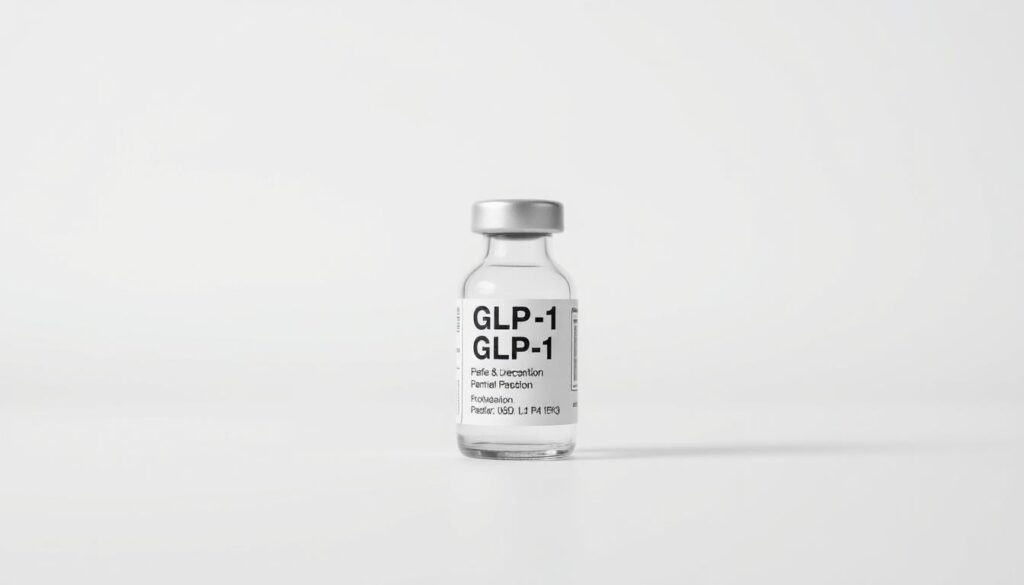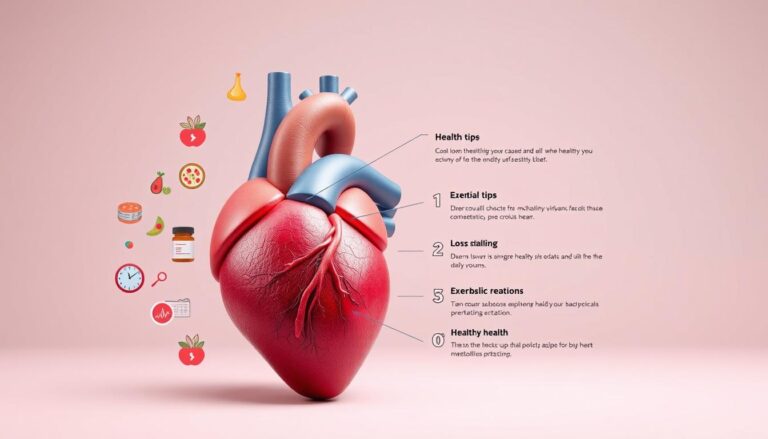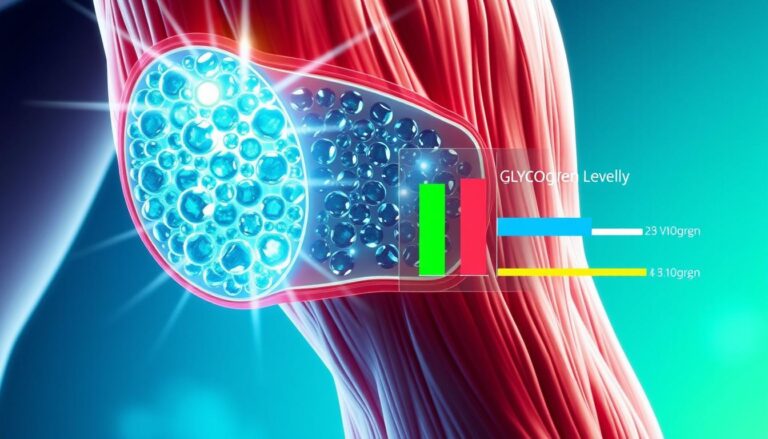Can modern medicine and elite training truly reshape how a top athlete returns to peak form? This article examines a high-profile case where medical treatment met disciplined exercise and nutrition to produce notable results.
serena williams spoke openly about losing more than 31 pounds after starting a GLP-1 treatment, Zepbound, while keeping a steady routine of workouts and careful eating.
The story is rooted in postpartum challenges after 2017 and 2023 and in choices made alongside medical guidance from Ro and support from her husband, Alexis Ohanian.
Readers can expect a clear, sourced look at timelines, quotes from People and Today, the role of GLP-1s, and how an athlete framed this path as consistent work rather than shortcuts.
Key Takeaways
- This piece outlines the public timeline and media interviews about the change.
- It highlights the combination of medically guided treatment and disciplined training.
- The narrative frames the outcome as sustainable health, not a quick fad.
- Coverage includes context about access through Ro and related disclosure.
- Subsequent sections will analyze science, training shifts, and practical considerations.
Williams goes public with 31-pound loss and GLP-1 use in recent interviews
In recent interviews, she publicly tied a yearlong medical regimen to a 31-pound change and a renewed focus on health. The announcement unfolded on today and in People, where she explained the timeline from postpartum plateau to public reveal.
I feel really good and healthy, she said. I don’t take shortcuts.
Williams said she had tried many methods and still couldn’t move the number on the scale, even while literally playing professional tennis. She told people the shift came after extensive research and a decision to start a GLP-1 drug, naming Zepbound and noting peers discussed Ozempic and Mounjaro.
On both platforms, she told people the change amounted to more than 31 pounds and that the result improved daily function and confidence. Reporters and viewers on today reacted to the candid framing, which emphasized medical guidance plus steady training rather than a quick shortcut.

Inside Serena Williams’ Weight Loss Journey
Even with hours of daily practice and careful meals, returning to prior shape proved unexpectedly stubborn.

Training and diet limits: I was literally playing professional tennis yet plateaued
She kept the same high standards from her career: long sessions, intense drills, and strict nutrition. Still, the scale stopped moving.
Postpartum reality and mindset shift: from skepticism to trying something different
Postpartum physiology changed how her body responded. Doing more exercise and tighter eating did not fix the plateau.
- Limits of training: Volume matched peak years, yet progress stalled.
- Physiological change: Pregnancy made the body respond differently.
- Decision point: After initial doubt, she accepted medical support as an adjunct to work she already trusted.
It did not feel like a matter of willpower,
People close to her and peers helped normalize the choice. The medicine complemented hard work rather than replacing it, letting the athlete see different results without abandoning core routines.
GLP-1, health, and the athlete’s calculus: separating stigma from science
Clinical treatment entered the athlete’s playbook when conventional training and diet no longer moved the needle. That choice framed care as a clinical complement, not a replacement for hard work.
How GLP-1 works: appetite, satiety, and ties to diabetes care
GLP-1 receptor agonists mimic a gut hormone that curbs appetite and boosts satiety.
They also prompt insulin release, which is why clinicians prescribe them for diabetes and, increasingly, for weight management.
Access and support
She obtained treatment through Ro, a direct-to-patient company that connects patients with licensed providers.
That company later added public-facing roles tied to advocacy and governance.

Not a shortcut: medication plus training
She emphasized the drug was an adjunct: weekly injections sat alongside continued exercise and strict training for events like a half-marathon.
Considerations for people today
Access often depends on BMI thresholds, provider availability, and insurance rules.
Those factors can add a lot of friction and out-of-pocket cost, so supervised care matters.
It did not feel like a matter of willpower
- Takeaway: GLP-1 medications link metabolic care and weight outcomes when used with diet and exercise.
- Practical note: Consult licensed providers and review coverage before starting therapy.
Conclusion
She framed the medical addition as a targeted support that worked with not instead of established routines.
In short, the public story showed how disciplined training, nutrition, and a prescribed medication combined to produce measurable weight loss.
She told people the weekly injections came alongside continued practice and a focus on recovery. Williams said she had never taken shortcuts, and that the change helped her feel like she regained control of goals after pregnancy.
Readers should take practical steps: consult a clinician, review coverage and costs, and weigh how a medical option fits your life and body. The account aims to reduce stigma and prompt informed conversations about modern weight care.





